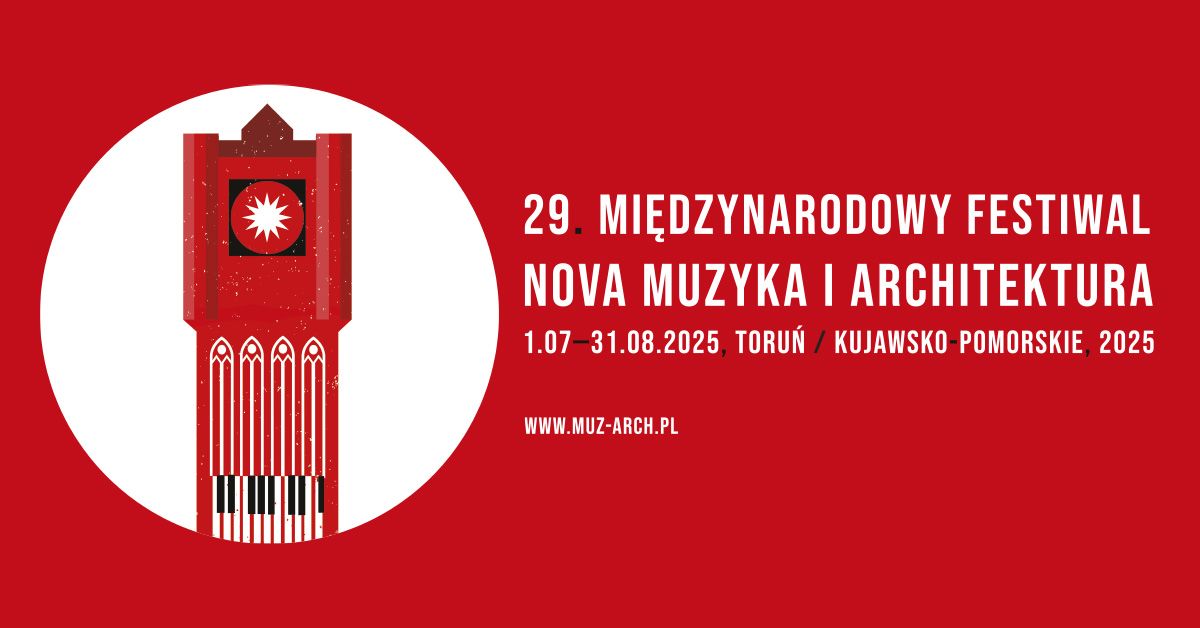Toruń is one of the oldest cities in Poland. The medieval old town of Toruń is the birthplace of the astronomer Nicolaus Copernicus. In 1997 the medieval part of the city was designated a UNESCO World Heritage Site. In 2007 the Old Town in Toruń was added to the list of Seven Wonders of Poland. National Geographic Polska rated the old town market and the Gothic town hall as one of the “30 Most Beautiful Places in the World.”
Toruń has many monuments of architecture dating back to the Middle Ages. The city is famous for having preserved almost intact its medieval spatial layout and many Gothic buildings, all built from brick, including monumental churches, the Town Hall and many burgher houses. The most interesting monuments are gothic churches, such as:
- The Cathedral of SS. John the Evangelist and John the Baptist, an aisled hall church built in the 14th century and extended in the 15th century; outstanding Gothic sculptures and paintings inside (Moses, St. Mary Magdalene, gravestone of Johann von Soest), Renaissance and Baroque epitaphs and altars (among them the epitaph of Copernicus from 1580)
- St. Mary’s church, a formerly Franciscan aisled hall built in the 14th century
- St. James’s church (often mistakenly called St Jacob’s), a basilica from the 14th century, with monumental wall paintings and Gothic stalls
- The Old Town Hall, begun in 1274, extended and rebuilt between 1391 and 1399, and extended at the end of the 16th century; one of the most monumental town halls in Central Europe
- City fortifications, begun in the 13th century, extended between the 14th and 15th centuries, mostly demolished in the 19th century, but partially preserved with a few city gates and watchtowers (among them the so-called Leaning Tower) from the Vistula side. See also: Toruń Fortress
- A 15th-century Gothic house (now a museum) where Copernicus was reputedly born
- Ruins of 13th-century Teutonic Knights’ castle
- House at the sign of the Star (Kamienica Pod Gwiazdą), previously Gothic, briefly owned by Filip Callimachus, then rebuilt in the 16th century and in 1697, with a richly-decorated stucco façade and wooden spiral stairs.
Toruń, unlike many other historic cities in Poland, escaped substantial destruction in World War II. Particularly left intact was the Old Town, all of whose important architectural monuments are originals, not reconstructions.
Major renovation projects have been undertaken in recent years to improve the condition and external presentation of the Old Town. Besides the renovation of various buildings, projects such as the reconstruction of the pavement of the streets and squares (reversing them to their historical appearance), and the introduction of new plants, trees and objects of ‘small architecture’, are underway.
Numerous buildings and other constructions, including the city walls along the boulevard, are illuminated at night, creating an impressive effect – probably unique among Polish cities with respect to the size of Toruń’s Old Town and the scale of the illumination project itself.

